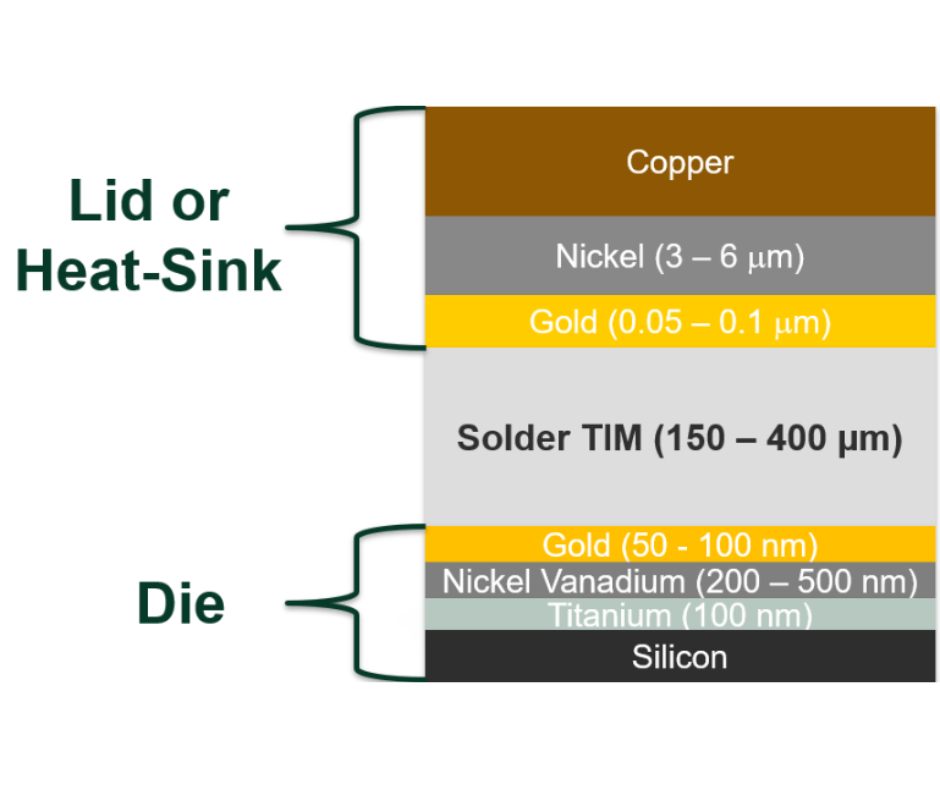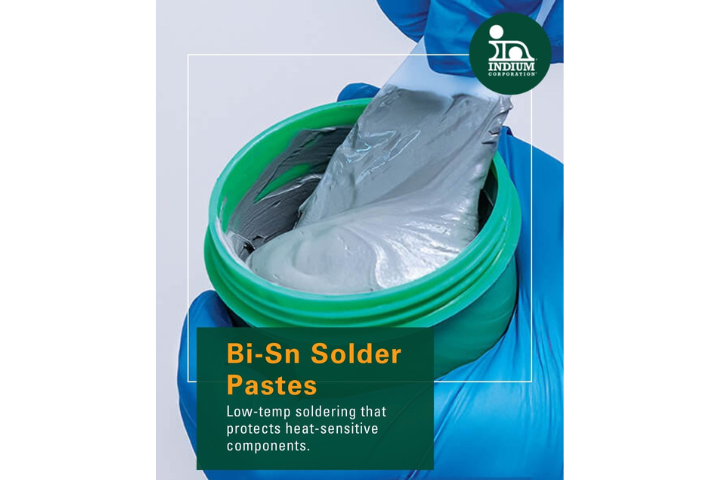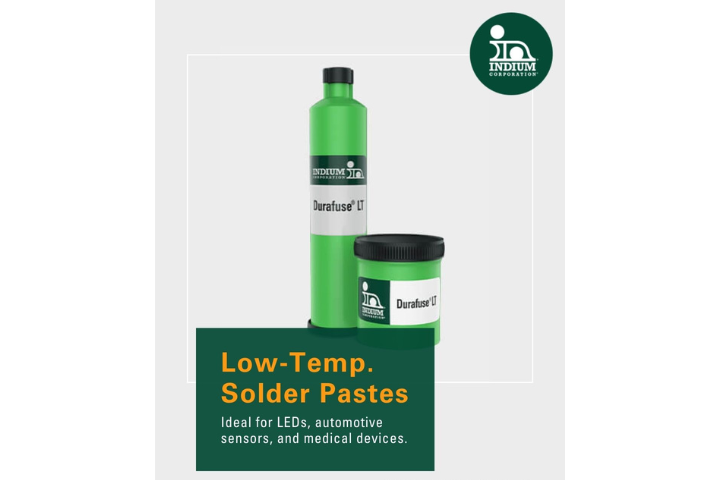Flux charring isan undesirable cosmetic defect and one of the more common issues in hand and robotic soldering operations. There are multiple factors that can contribute to the charring of flux in cored wirewhich can be attributed to two main catalysts- time and temperature.
Excessive dwell time can exhaust and overheatthe flux – for example, if the iron stays in contact too long with the molten solder. Excessive dwell time is more commonin robotic soldering applications where a default program is run without considering the type of flux being used. It can also occur a new wire has been introduced into the process and the programming has not been adjusted to account for the differences in the flux chemistry.
A high default temperatureon the soldering ironcan also cause charring. Not all flux formulas can withstand the higher defaulttemperatures (>450°C) of the iron tip now being used to reduce rework time on hand soldering lines or reduce cycle times in robotic soldering applications. A flux that has not been designed to withstand these high temperatures will be much more likely to exhibit charring and the subsequent build-up on the iron tip. this build-up can multiplying the charring effects.
So here are my recommendations:
- For hand soldering – monitor your dwell time and adjust the default temperature on your soldering iron – or change to a flux-cored wire that can stand the heat.
- For robotic soldering – adjust your programming to account for the differences in flux chemistries or change to a flux-cored wire that can tolerate higher temperatures.



